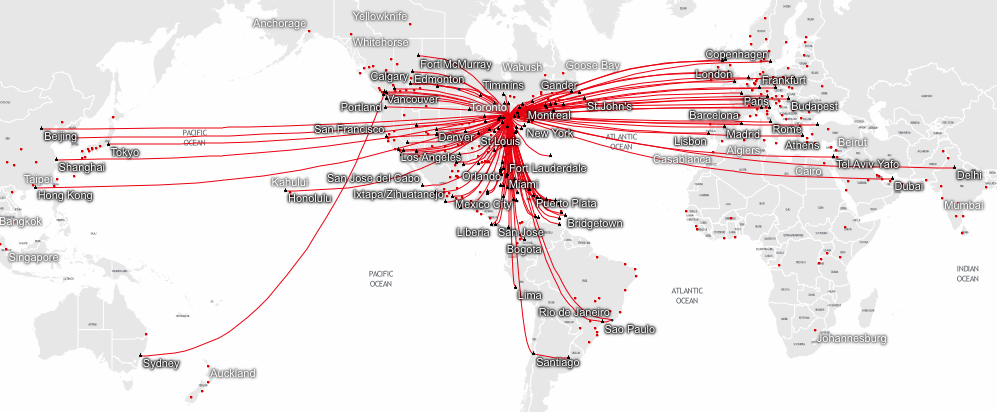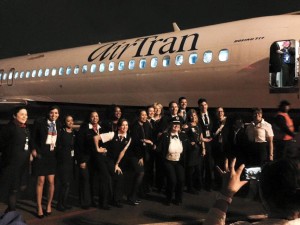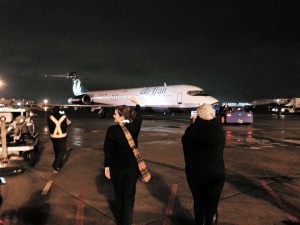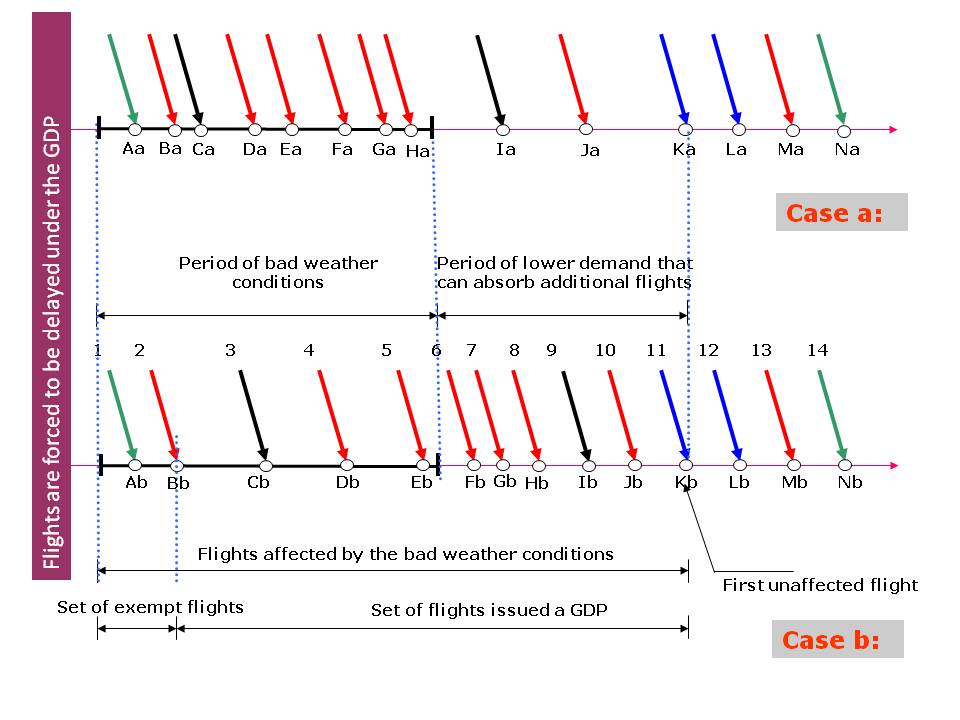In my last blog, I talked about my summer internship in Network Planning. In this post, I will describe important terms that we use in our department. These terms are also commonly used in the world of aviation!
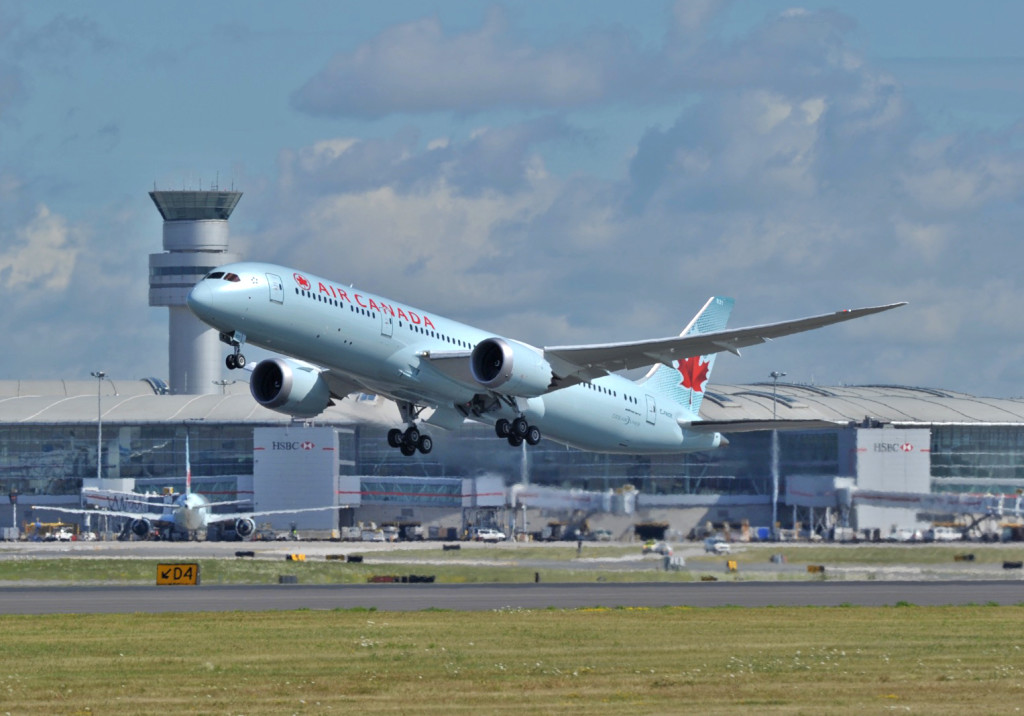
Boeing 787-9 (Photo Credits: Air Canada)
Maintenance
Each of the 380 aircraft if our fleet has to undergo different types of maintenance that needs to be performed in order to be airworthy. It can range from simple line maintenance to complex heavy maintenance where the airplane is almost taken completely apart. Air Canada does the overnight maintenance in-house but the other larger maintenance checks are outsourced in other countries around the world. In Network Planning, we have to make sure that we pull out the necessary number of aircraft out of the fleet so it can go to maintenance.
Turnaround Times
Turnaround time is the period of time from when an aircraft arrives at the gate of a station (airport) to the time the aircraft is ready to depart from the gate for another flight. The turnaround time usually depends on the type of aircraft that is being handled on the ground. Fueling, catering, baggage and passengers loading/unloading is done during this time. Our smallest aircraft, the Beechcraft 1900D needs 20 minutes to turnaround. On the other side, our Boeing 777-300ER needs more than 120 minutes of minimum ground time. For airlines, it is important for their aircraft to be on the ground for the shortest amount of time possible. The more the aircraft is the air, the more they can generate revenue.
Connectivity
Most airlines have one or more hubs where they operate most of their flights. Air Canada’s largest hub is Toronto-Pearson. Our job in Network Planning is to ensure that most passenger will be able to go to the destination of their choice in our route network. For example, if you are flying out of Daytona Beach International Airport, your only options is to either fly to Atlanta, Charlotte, or New York-JFK. At these airports, the flights are timed to allow passengers to connect to another flight to eventually bring them to their final destination.
Departure Times
Some of our flights have an optimal departure time for local traffic while other flights are timed for connectivity. Air Canada flies between Montreal and Toronto at every hour during weekdays and even at every 30 minutes during peak hours. When we operate more than one daily flight per day to a city, we usually spread the flights throughout the day. Business travelers usually enjoy taking a flight early in the morning and return at the end of the day after their meetings.
Aircraft Types
Aircraft limitations are taken into account when we assign a plane to a route. For example a 70-seater regional jet cannot fly from North America to Europe because it simply does not have the range to do such missions. We fly the Airbus A319 to Mexico City (7,300 ft. of elevation) because this aircraft performs well at high temperatures and high altitudes.
Passenger Load Factor
The passenger load factor (PLF) can be described as “how full is the plane in terms of seats occupied.” The load factor can be calculated by dividing the RPMs by the ASMs on a particular route or for the whole network. You can also calculate the PLF by dividing the number of revenue passengers onboard by the number of available seats on the aircraft.
You are now an aviation expert! If you are interested in Network Planning, you should definitely take the Airline Management (BA 315) class on campus. This course is very interesting if you are an aviation passionate like me.
If you have any questions or comments regarding my internship, you can reach me at the email address listed below. I will be happy and glad to answer your questions!
Until next time!
Nicolas
Contact the author at berniern@my.erau.edu


